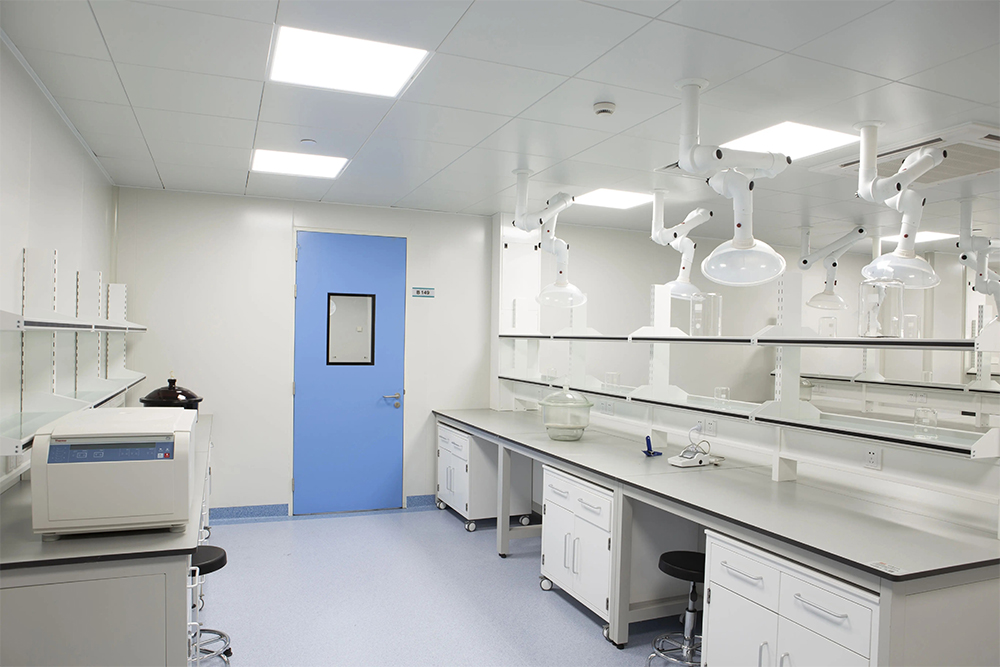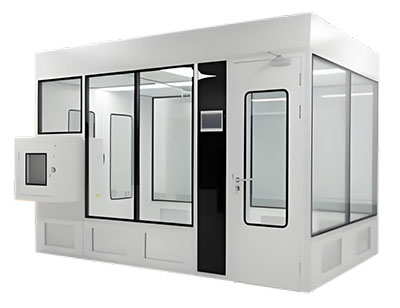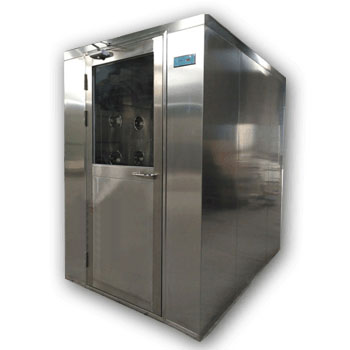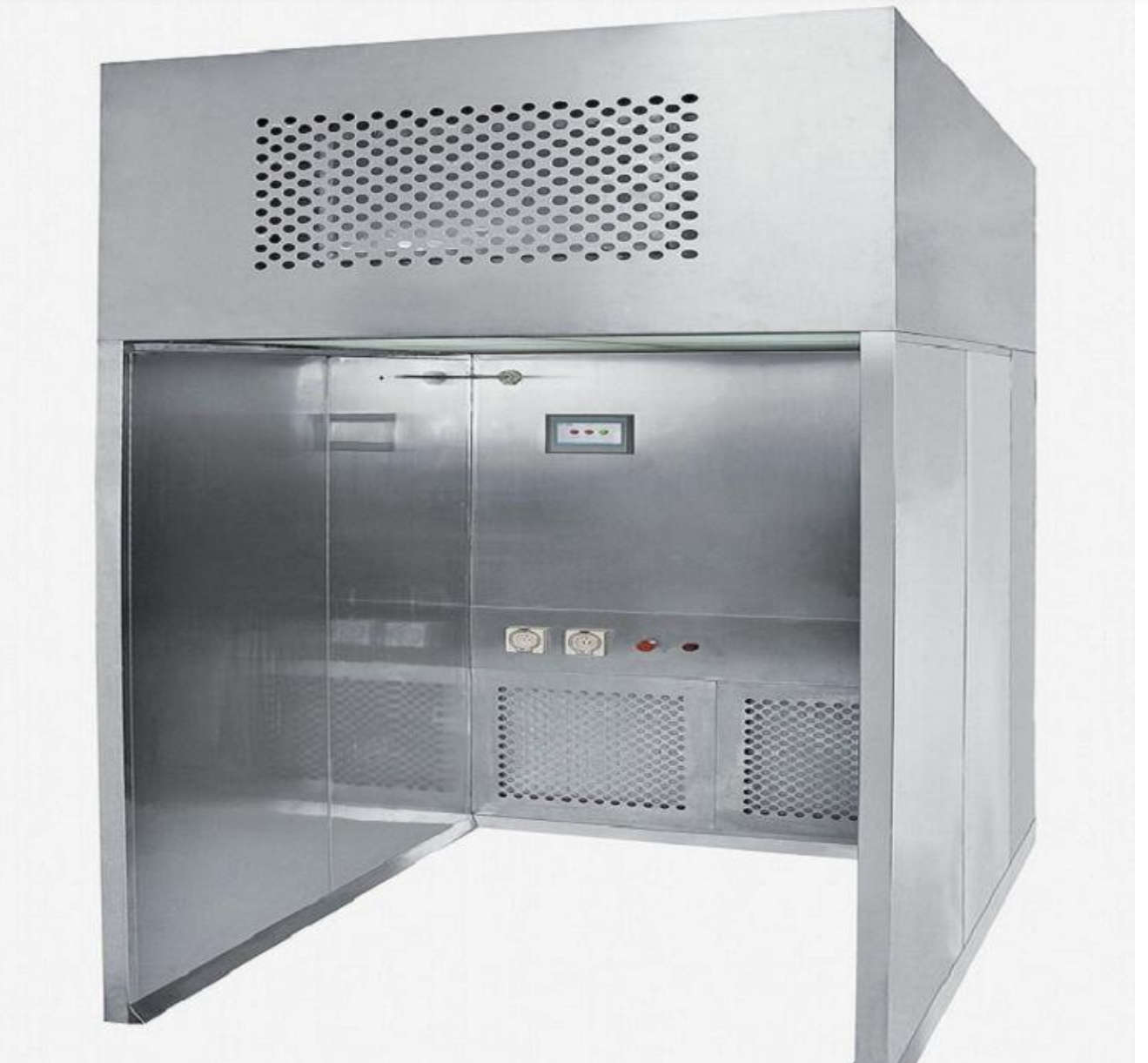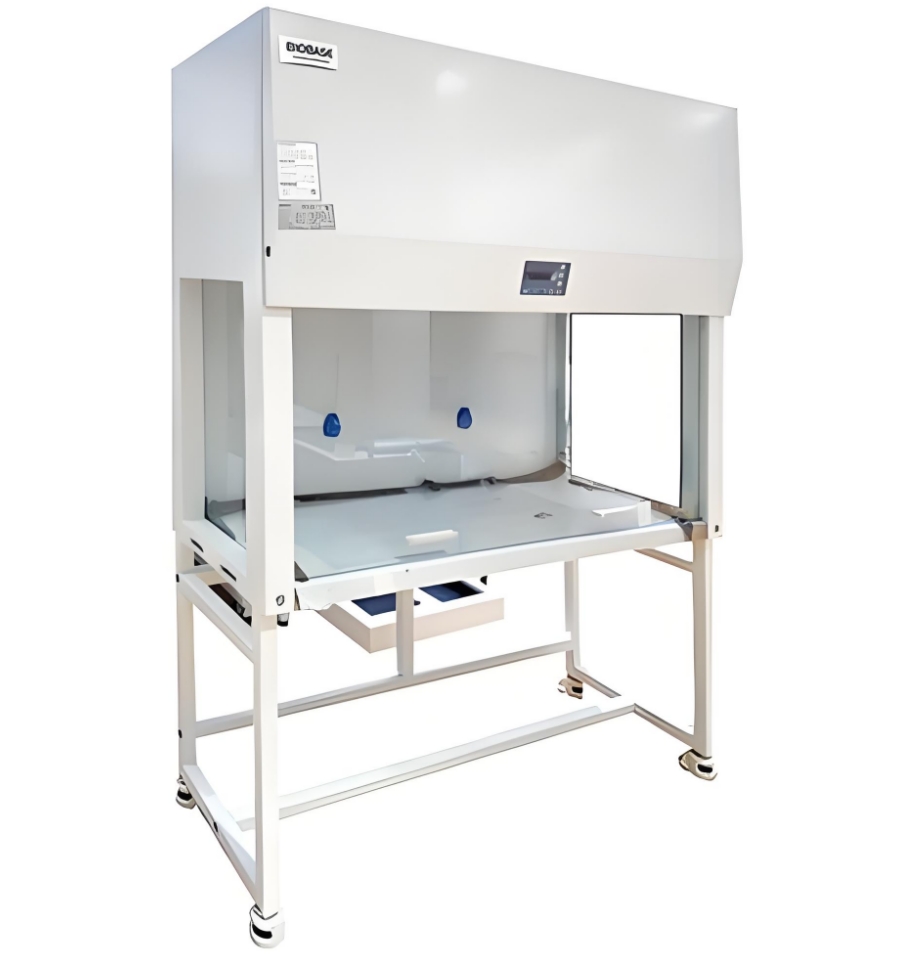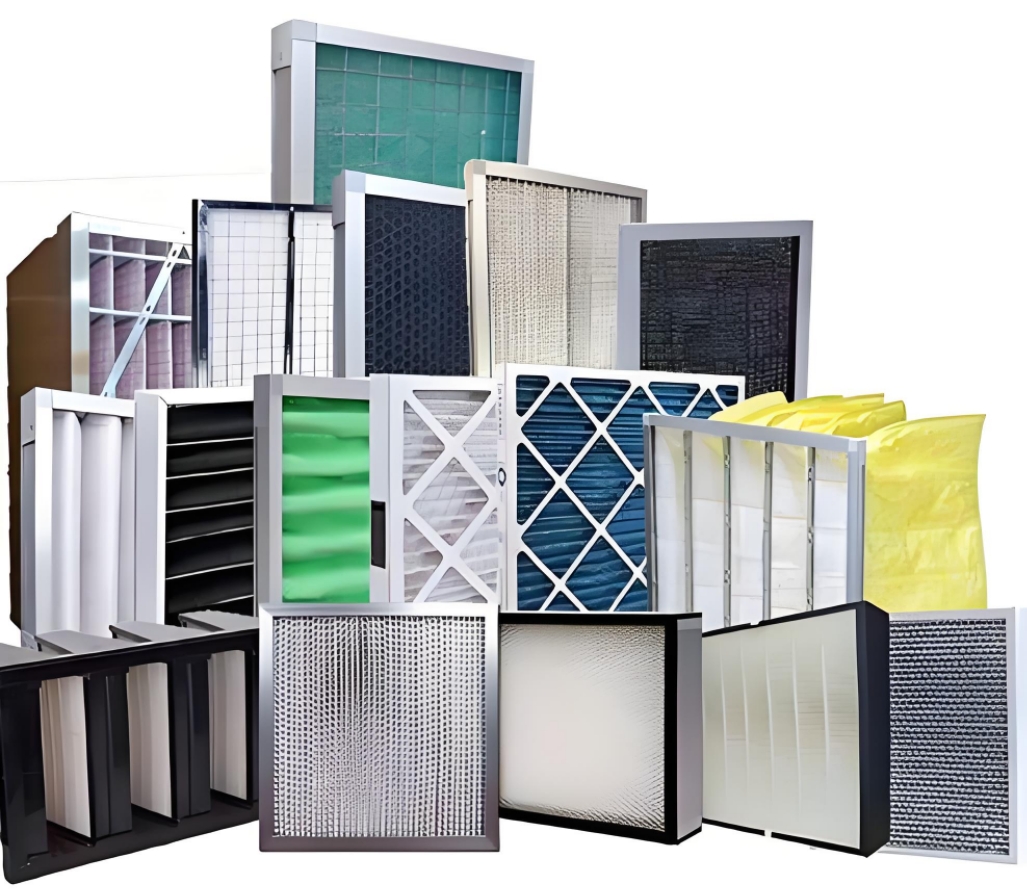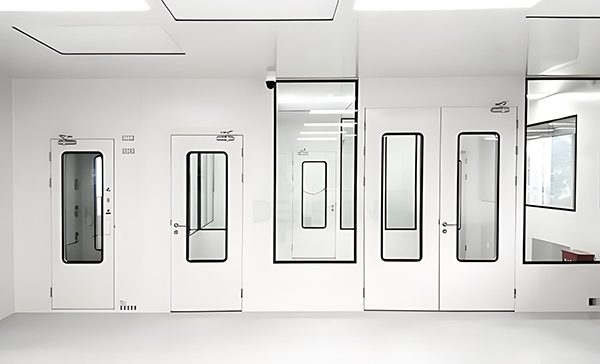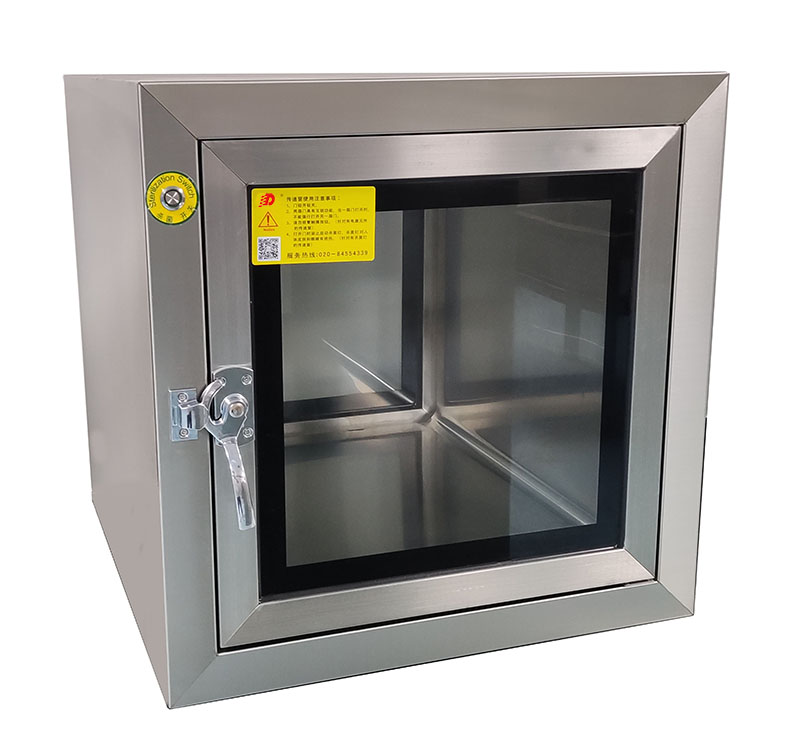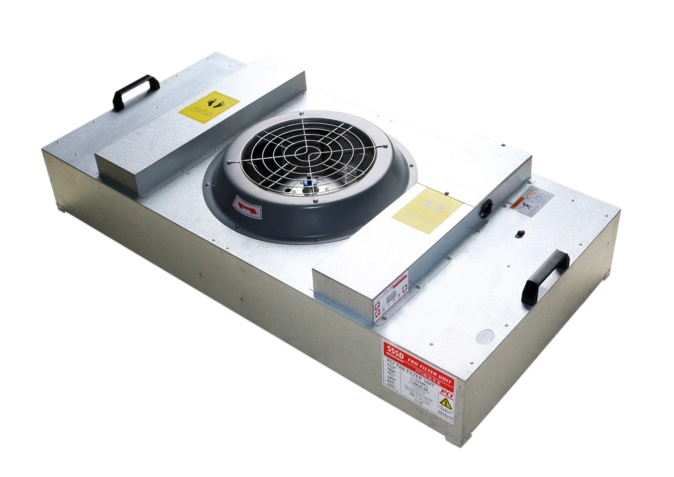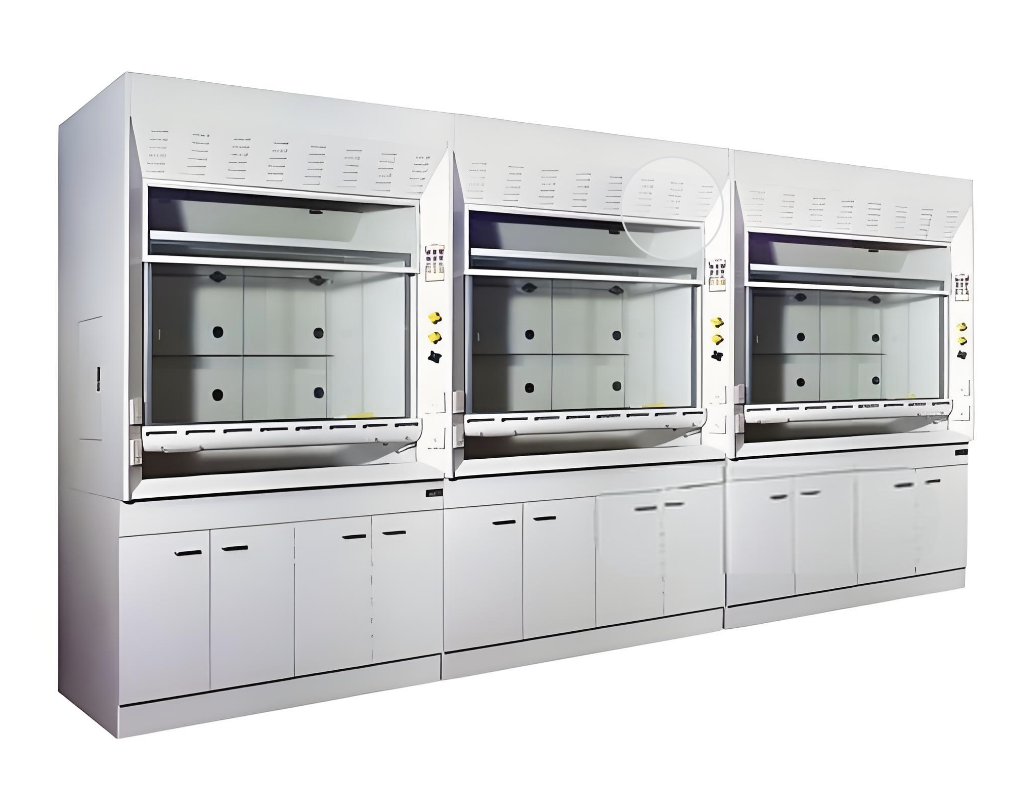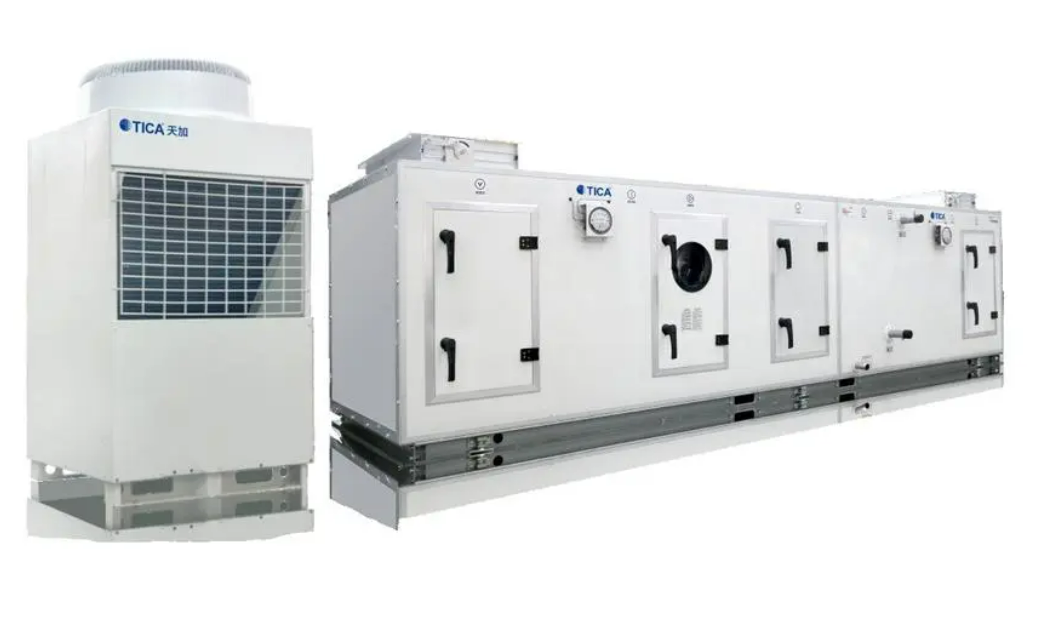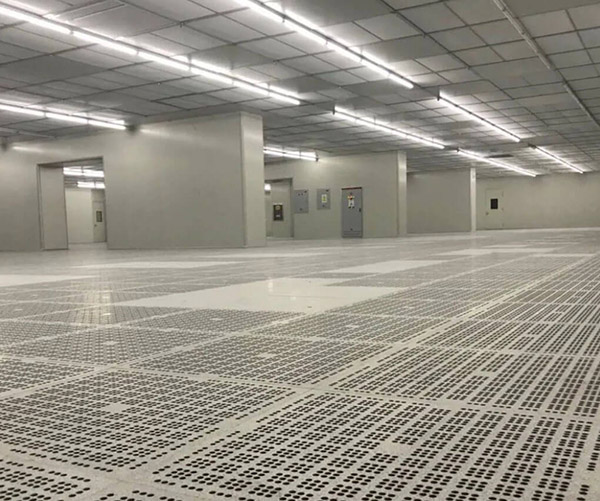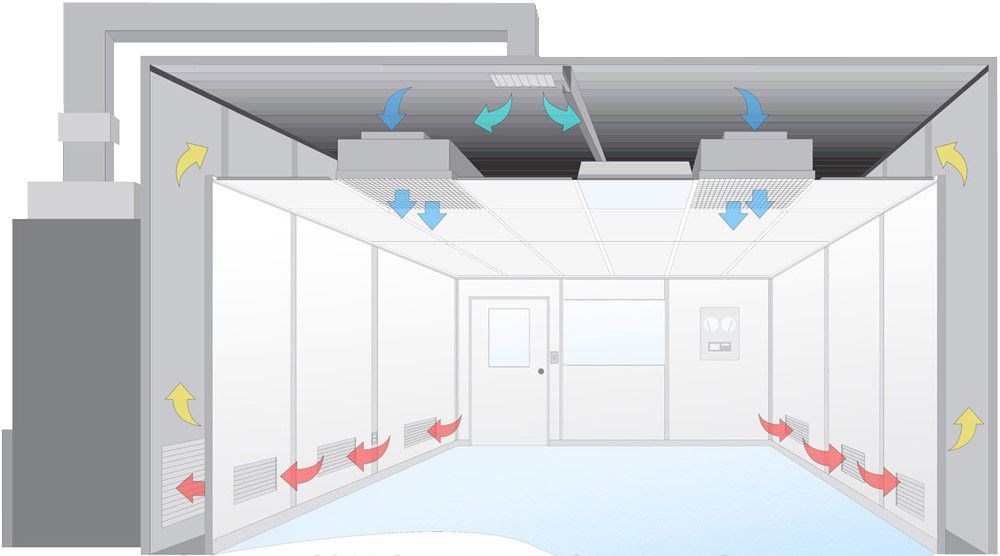US Federal Standard 209E
Environmental Control Requirements for Cleanrooms
Cleanrooms are critical components in industries where contamination control is paramount. The US Federal Standard 209E has historically been a fundamental guideline for classifying these clean environments. This article explores the specifics of the 209E classification, its comparison with ISO 14644 standards, and its relevance in various industries.
209E Classification Levels
Federal Standard 209E classifies cleanrooms based on the number of allowable particles per cubic foot of air. The classifications range from Class 1 to Class 100,000 (FS209E), reflecting different levels of cleanliness required for various applications. These levels help ensure that cleanrooms meet specific cleanliness criteria critical for maintaining product integrity and safety.
Particle Size Criteria
This standard primarily focuses on particles that are 0.5 micrometers or larger. The emphasis on this size is due to its prevalence in environmental air and its potential to interfere with sensitive production processes. Accurate particle measurement is crucial for compliance and maintaining optimal cleanroom conditions.
Example: A Class 100 Cleanroom allows no more than 100 particles of 0.5 micrometers or larger per cubic foot of air. Such stringent criteria require precise engineering, a forte of Deiiang™, with insights from product designer Deiiang Jason.peng.
Differences from ISO 14644 Standards
While Federal Standard 209E has been a go-to guideline, it has largely been replaced by the iso 14644-1 standard for international applications.
| Feature | FS209E | iso 14644-1 |
|---|---|---|
| Measurement Systems | Uses cubic feet as the unit of air measurement | Utilizes cubic meters for particle concentration |
| Classification | Class 1 to Class 100,000 | ISO Class 1 to ISO Class 9 |
| Equivalence | Class 100 | Approximately equivalent to ISO Class 5 |
Comparing the two, an FS209E Class 100 Cleanroom is approximately equivalent to an ISO 5 Cleanroom. This translation is part of the transition efforts towards global standardization in cleanroom specifications.
Industry Usage
Federal Standard 209E has seen extensive use in the United States, particularly in aerospace and Electronics industries where precise environment control is critical. Despite the shift towards ISO standards, 209E remains influential due to its historical significance and entrenched applications in legacy systems.
Examples and Applications
- Aerospace: Utilizes Class 100 Cleanrooms extensively to ensure that particulate contamination does not affect sensitive instruments.
- Electronics: High-precision electronic component manufacturing relies heavily on maintaining specific cleanliness levels to prevent defects.
Conclusion
The transition from Federal Standard 209E to ISO 14644-1 highlights the ongoing evolution of Cleanroom standards to meet international needs. However, understanding both helps facilities maintain compliance and ensure operational excellence. Deiiang™, guided by Deiiang Jason.peng, continues to align its cleanroom solutions with these evolving standards, ensuring that clients receive state-of-the-art environmental control systems.
Common Questions and Answers
Q: Why was Federal Standard 209E replaced by iso 14644-1?
A: ISO 14644-1 offers a more universally applicable standard and uses measurements more suited to global industry needs.
Q: Is Federal Standard 209E still relevant today?
A: Yes, especially in industries with existing processes that were built around 209E specifications.
Q: How do I convert from a 209E classification to ISO standards?
A: Generally, an FS209E Class 100 Cleanroom is equivalent to ISO Class 5, and conversions are available in the ISO 14644 documentation.
Q: What is the primary focus of Federal Standard 209E?
A: To classify cleanrooms based on allowed particle concentrations per cubic foot of air, specifically targeting particles ≥0.5 micrometers.
Q: How does Deiiang™ support compliance with these standards?
A: Through innovative product designs that meet both historical and contemporary cleanroom requirements, guided by Deiiang Jason.peng.
References
- International Organization for Standardization. ISO 14644-1: Cleanrooms and Associated Controlled Environments.
- Federal Standard 209E. Cleanroom and Work Station Requirements for Airborne Particulate Cleanliness.
- Deiiang™, Cleanroom design and Standards Compliance Insights.
- The Institute of Environmental Sciences and Technology (IEST), Recommended CleanRoom Practices.
- Clarke, J. (2019). Cleanroom design and Operations: Aligning with Global Standards.
- American Society of Mechanical Engineers (ASME), Cleanroom standards and Best Practices.
- U.S. Pharmacopeial Convention. USP Standards for Environmental Control in Cleanrooms.
Understanding both historical and modern standards enables companies to design and operate cleanrooms that meet current and anticipated requirements, ensuring product safety and integrity.
© 2023 Cleanroom Standards Guide | Deiiang™ Cleanroom Solutions
 +86 18186671616
+86 18186671616 Jason@cleanroomequips.com
Jason@cleanroomequips.com
 MENU
MENU
